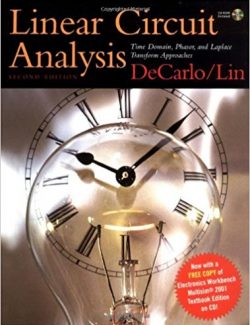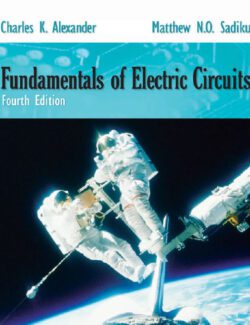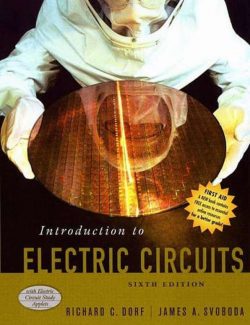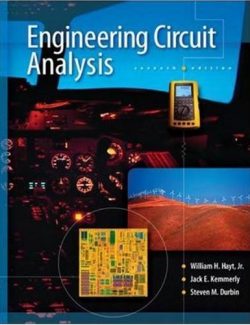Description
Diseñado para un curso introductorio de circuitos eléctricos, la segunda edición de Análisis de Circuito lineal proporciona una cobertura sin embargo, muy accesible con autoridad y en profundidad de los temas tradicionales de análisis de circuitos lineales – ambos conceptos y la computación.
Esta segunda edición representa una revisión exhaustiva, que incluye: la integración completa y un amplio uso de MATLAB ® para resolver los problemas y ejemplos de uso frecuente de especias, sobre todo en circuitos AMP OP veinte por ciento más ejemplos y numerosas ilustraciones adicionales Aproximadamente tres veces más ejercicios inmediatamente después de la ejemplos más de 1.000 al final del capítulo los problemas (aproximadamente un 25% más que en la primera edición, clasificados y calificados de lo simple a lo más complejo, esta edición incluye muchos de los problemas básicos de los nuevos) Excelentes elementos pedagógicos, incluyendo estudios de casos, la motivación del mundo real las ilustraciones, y los términos y conceptos clave.













Leave us a comment
No Comments